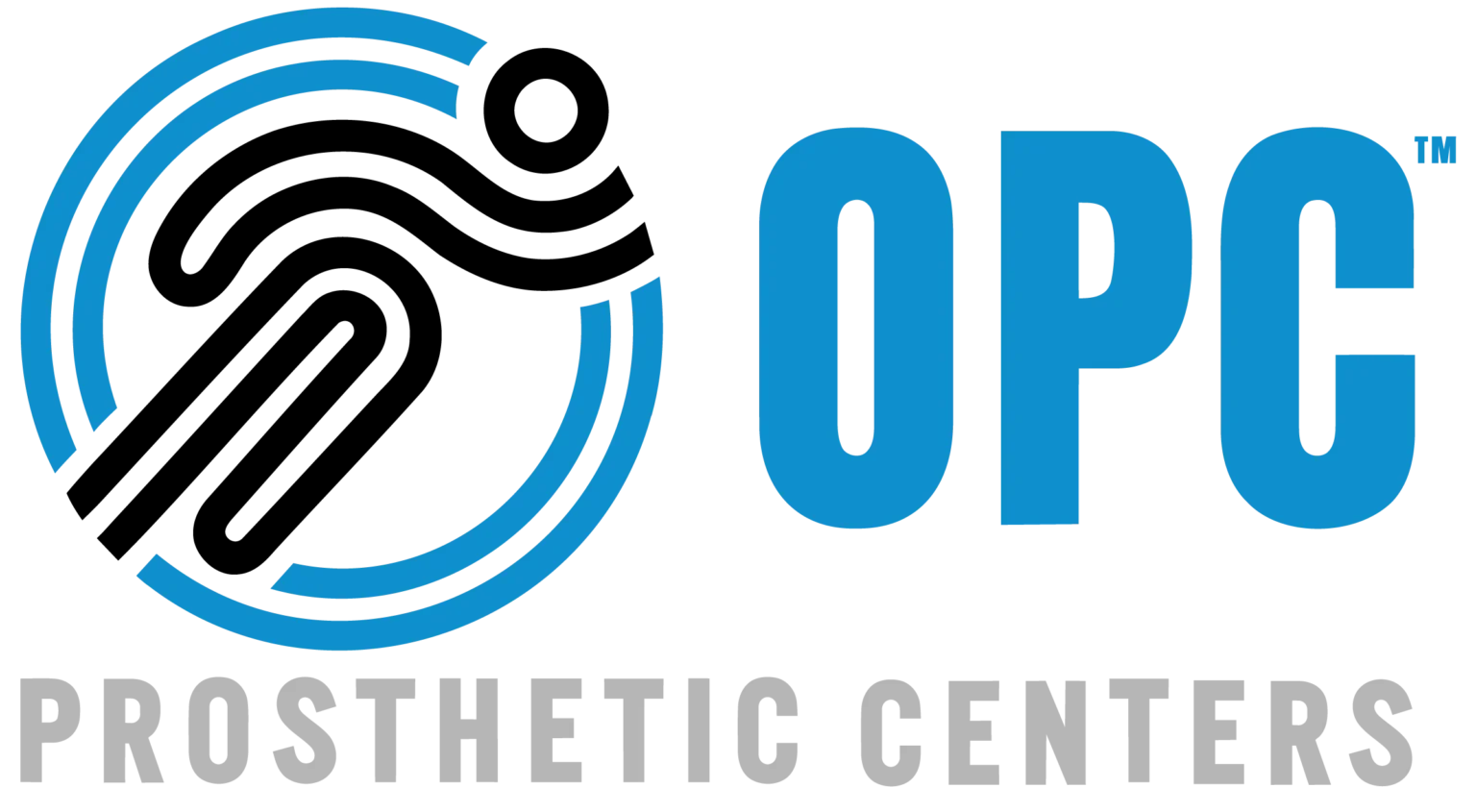Limb loss can have a profound impact on a person’s ability to perform everyday tasks, from tying shoelaces to driving a car. For those who have lost an upper limb due to injury, illness, or congenital conditions, prosthetics offer a way to restore both function and independence. However, the world of prosthetic limbs is diverse, particularly when it comes to upper-limb prosthetics, which can range from simple hooks to advanced bionic devices.
When choosing a prosthetic, the most significant distinction lies between prosthetic hands and prosthetic arms. These two categories serve different purposes and offer distinct benefits depending on the user’s needs. In this article, we’ll explore the key differences between prosthetic hands and prosthetic arms and examine the advantages that each offers to people living with limb loss.
What Are Prosthetic Hands?
A prosthetic hand refers to a device that replaces the hand and is designed to replicate the functionality and appearance of a natural hand. Prosthetic hands can vary widely in their capabilities, ranging from simple cosmetic hands to advanced bionic hands that allow for a range of fine motor movements.
There are two primary types of prosthetic hands:
- Passive Prosthetic Hands: These are cosmetic prosthetics designed to look like a natural hand but don’t offer movement or functionality. They are often chosen by individuals who prioritize aesthetics over function or for those who don’t require frequent use of their prosthetic for grasping and manipulation.
- Active Prosthetic Hands: These are functional prosthetics that allow users to grip, hold, and manipulate objects. Active hands can be further divided into two categories:
- Body-Powered Hands: These are controlled by the user’s own body movements, such as shoulder or chest muscles, to open and close the hand. While not as technologically advanced as some other options, they are durable and can be useful for heavy-duty tasks.
- Myoelectric Hands: These advanced prosthetic hands use electrical signals from the user’s muscles to control movement. They are capable of more natural, fluid movements and can perform fine motor tasks such as picking up small objects or using tools.
What Are Prosthetic Arms?
A prosthetic arm, on the other hand, is a device that replaces not just the hand but also the entire arm or part of the arm, including the elbow or shoulder. Prosthetic arms are designed to replicate both the appearance and function of a natural arm, offering a broader range of movement than prosthetic hands alone.
Like prosthetic hands, prosthetic arms can vary in complexity, ranging from basic, body-powered arms to advanced bionic arms that respond to the user’s muscle signals.
The key types of prosthetic arms include:
- Body-Powered Prosthetic Arms: These are controlled through cables and harnesses that use the user’s own muscle movements to operate the elbow, wrist, or hand. While not as precise or sophisticated as other options, they are durable, reliable, and do not rely on external power sources.
- Myoelectric Prosthetic Arms: These are advanced prosthetics that use electrical signals generated by the user’s muscles to control movement. Myoelectric arms are capable of a wide range of movements and are often more comfortable and easier to use for those who have lost an entire arm. These prosthetics can perform complex tasks like rotating the wrist, bending the elbow, and controlling finger movements in prosthetic hands.
- Hybrid Prosthetic Arms: These combine elements of both body-powered and myoelectric technology, offering users the durability of a body-powered device with the precision and functionality of a myoelectric system.
Key Differences Between Prosthetic Hands and Prosthetic Arms
While prosthetic hands and arms share some similarities, they are designed to meet different needs. Here are the primary differences between the two:
1. Range of Motion and Functionality
- Prosthetic Hands: Prosthetic hands focus primarily on replicating the functions of the hand itself, such as gripping, holding, and manipulating objects. Myoelectric hands offer a high degree of precision, allowing users to perform fine motor tasks, like picking up small items or typing on a keyboard. However, their range of motion is limited to the hand and wrist.
- Prosthetic Arms: Prosthetic arms, on the other hand, offer a much broader range of motion. Depending on the level of amputation (whether it’s a transradial amputation, which involves loss of the arm below the elbow, or a transhumeral amputation, which involves loss above the elbow), a prosthetic arm can replicate the movement of the wrist, elbow, and even the shoulder. This allows users to perform tasks that require more complex arm movements, such as lifting objects, reaching overhead, or pushing and pulling.
2. Control Mechanism
- Prosthetic Hands: Myoelectric prosthetic hands are typically controlled by the user’s forearm muscles. Electrodes in the prosthetic detect electrical signals generated by muscle contractions and translate them into movement. Body-powered hands, meanwhile, use a harness system that relies on the user’s shoulder or upper body to control the hand’s opening and closing.
- Prosthetic Arms: Myoelectric prosthetic arms use electrical signals from muscles in the upper arm, shoulder, or chest to control movement. These devices offer more complex control systems because they need to coordinate movements across multiple joints (such as the elbow, wrist, and hand). Body-powered prosthetic arms also use a harness system, but they require more extensive muscle engagement to control both the elbow and the hand.
3. Weight and Comfort
- Prosthetic Hands: Because they focus only on the hand and wrist, prosthetic hands tend to be lighter and more comfortable to wear for extended periods. This makes them a practical choice for people who do not need the full functionality of an arm prosthetic.
- Prosthetic Arms: Prosthetic arms are generally heavier and bulkier than prosthetic hands due to their extended range of motion and multiple joints. This can make them more challenging to wear for long periods, especially if the device is used for physically demanding tasks. However, advances in lightweight materials are making modern prosthetic arms more comfortable than ever.
4. Cost and Maintenance
- Prosthetic Hands: Active prosthetic hands, particularly myoelectric models, can be expensive and require regular maintenance, especially when it comes to battery life and sensor calibration. However, passive prosthetic hands are generally more affordable and require less upkeep.
- Prosthetic Arms: Due to their increased complexity, prosthetic arms tend to be more expensive than prosthetic hands. They also require more frequent maintenance and adjustments, particularly for myoelectric models with multiple joints. This can include regular battery replacements and software updates.
Benefits of Prosthetic Hands
- Precision: Myoelectric hands offer a high level of dexterity, allowing users to perform delicate tasks.
- Aesthetics: Prosthetic hands can be designed to closely resemble a natural hand, providing cosmetic benefits.
- Lightweight: Prosthetic hands are generally lighter, making them more comfortable to wear for extended periods.
- Cost-Effective Options: Passive hands offer a budget-friendly solution for those who prioritize appearance over function.
Benefits of Prosthetic Arms
- Broad Range of Motion: Prosthetic arms can replicate the movement of the entire arm, including the wrist, elbow, and sometimes shoulder, providing more versatility.
- Functional in Complex Tasks: Prosthetic arms allow users to perform a wider variety of tasks, such as lifting, reaching, and carrying heavier objects.
- Improved Independence: For individuals who have lost their entire arm, prosthetic arms offer the most comprehensive solution for regaining function and autonomy.
Conclusion
Prosthetic hands and prosthetic arms each offer unique benefits tailored to different needs. For those looking for precision and lighter-weight devices, prosthetic hands provide excellent options, particularly with advanced myoelectric models. Prosthetic arms, meanwhile, deliver a broader range of motion and functionality, making them indispensable for individuals who have experienced more extensive limb loss.
The right choice depends on the user’s specific needs, lifestyle, and personal preferences. Regardless of the choice, both prosthetic hands and arms represent incredible advancements in technology, allowing users to lead more independent, fulfilling lives.


